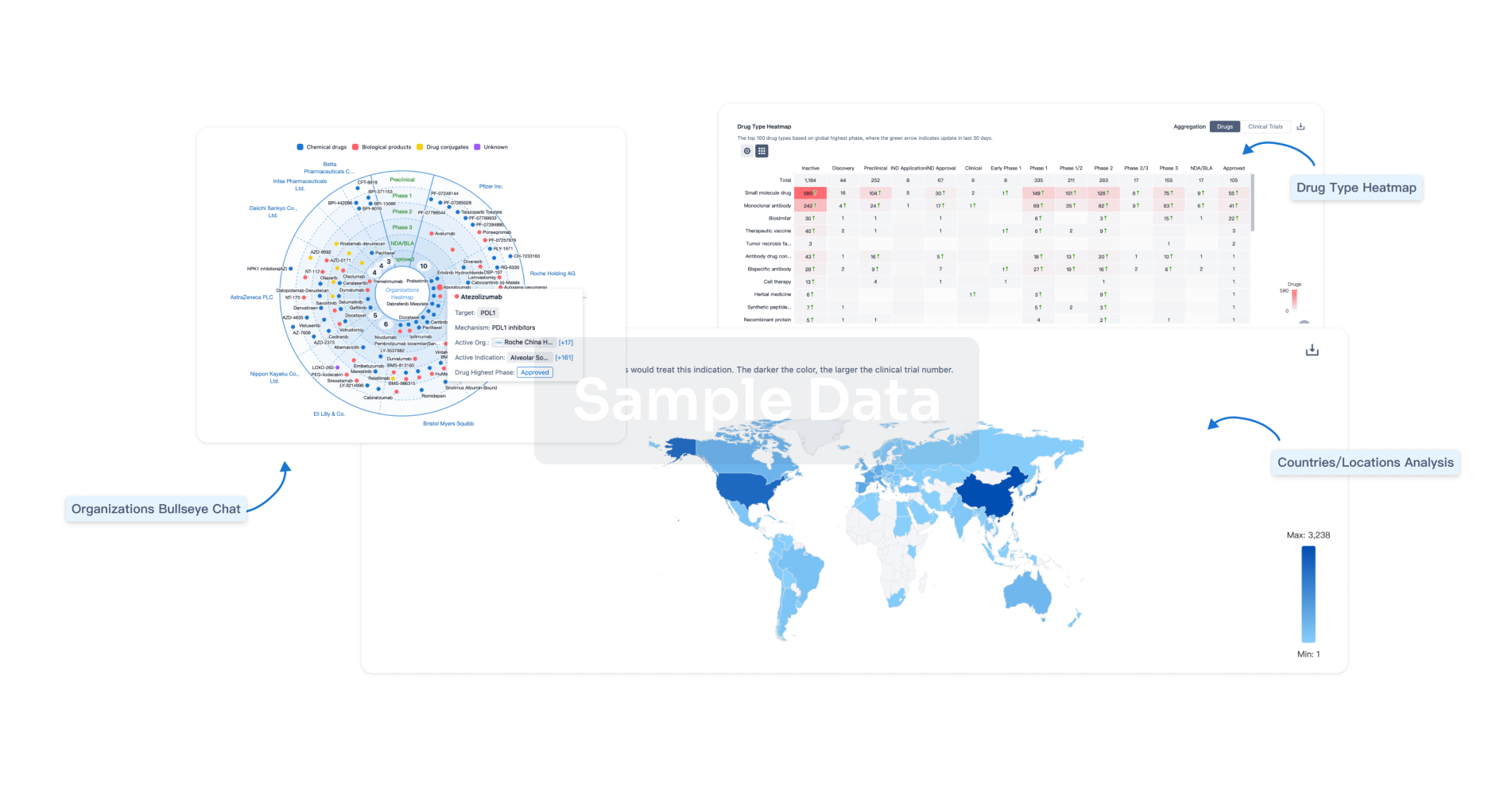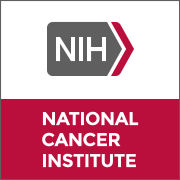Request Demo
Last update 08 May 2025
Distal Bile Duct Adenocarcinoma
Last update 08 May 2025
Basic Info
Synonyms Adenocarcinoma of the Distal Common Bile Duct, Distal Bile Duct Adenocarcinoma, Distal Cholangiocarcinoma |
Introduction An adenocarcinoma that arises from the common bile duct distal to the insertion of the cystic duct. |
Related
1
Drugs associated with Distal Bile Duct AdenocarcinomaTarget |
Mechanism CD27 inhibitors |
Active Org. |
Originator Org. |
Active Indication |
Inactive Indication |
Drug Highest PhasePhase 2 |
First Approval Ctry. / Loc.- |
First Approval Date20 Jan 1800 |
31
Clinical Trials associated with Distal Bile Duct AdenocarcinomaNCT06923475
Neoadjuvant Gemcitabine and Cisplatin in Combination With Perioperative Pembrolizumab Versus Upfront Surgery for Patients With Primary Resectable and Borderline Resectable Perihilar and Distal Cholangiocarcinoma (NEODISCO): A Multicentre Phase 2B/3 Randomized Controlled Trial
Extrahepatic cholangiocarcinoma (eCCA) is a rare and aggressive cancer with poor prognosis. ECCA can be further subcategorised in perihilar and distal cholangiocarcinoma (pCCA and dCCA). Surgical resection is the only potential cure, but only one-third of patients are eligible. Even among those deemed resectable, a significant portion (≈30%) experience disease progression before surgery, while another 30% are found unresectable during exploration. High recurrence rates and postoperative complications further limit survival, with 5-year overall survival ranging from 13% (R1 resection) to 40% (R0 resection). Given the long preoperative work-up period and lack of treatment during this phase, a neoadjuvant approach may improve outcomes by increasing R0 resections, reducing recurrence, and optimizing patient selection.
This multicenter, randomized phase 2B/3 trial aims to assess whether neoadjuvant gemcitabine and cisplatin plus perioperative pembrolizumab improves event-free survival in patients with resectable and borderline resectable pCCA and dCCA.
This multicenter, randomized phase 2B/3 trial aims to assess whether neoadjuvant gemcitabine and cisplatin plus perioperative pembrolizumab improves event-free survival in patients with resectable and borderline resectable pCCA and dCCA.
Start Date05 May 2025 |
Sponsor / Collaborator |
NCT06801899
ToPanc Trial: Survival After Total Versus Partial Pancreaticoduodenectomy for Adenocarcinoma of the Pancreatic Head, Distal Cholangiocarcinoma, and Ampullary Cancer: a Multi-centric Randomized Controlled Trial
The goal of this clinical trial is to learn if total removal of the pancreas is a preferable alternative to partial removal in patients with cancer of the pancreatic head who are at high risk of pancreatic leakage. The main question it aims to answer is:
Does total pancreas removal improve survival without reducing quality of life compared to partial removal?
The only study specific procedures are the collection of 2 blood samples (7.5ml for each time point, preoperatively and during the hospitalisation) and the completion of the questionnaires.
Does total pancreas removal improve survival without reducing quality of life compared to partial removal?
The only study specific procedures are the collection of 2 blood samples (7.5ml for each time point, preoperatively and during the hospitalisation) and the completion of the questionnaires.
Start Date01 May 2025 |
Sponsor / Collaborator |
NCT06685289
Donafenib Combined With Capecitabine for Postoperative Adjuvant Therapy of Biliary Malignant Tumors With High-risk Recurrence Risk: a Multi-center, Randomized Controlled, Phase II Study
This study is a randomized, open label, parallel controlled trial aimed at evaluating and observing the efficacy and safety of the combination of donafenib and capecitabine as adjuvant therapy for postoperative treatment of biliary malignancies with high risk of recurrence.
The study selected patients with biliary malignant tumors who are at high risk of postoperative recurrence as the research subjects.
After the subjects sign the informed consent and pass the screening, they will be randomly divided into 1:1 groups. The experimental group consisted of Donafenib (200mg, bid) combined with capecitabine (1250mg/m2, bid, treated for 2 weeks and stopped for 1 week). The control group was capecitabine (1250mg/m2, bid, treated for 2 weeks and stopped for 1 week). Stop treatment until the subject experiences disease recurrence or intolerable toxic side effects.
The primary endpoint of the study was the 1y RFS rate. Plan to include 70 participants.
The study selected patients with biliary malignant tumors who are at high risk of postoperative recurrence as the research subjects.
After the subjects sign the informed consent and pass the screening, they will be randomly divided into 1:1 groups. The experimental group consisted of Donafenib (200mg, bid) combined with capecitabine (1250mg/m2, bid, treated for 2 weeks and stopped for 1 week). The control group was capecitabine (1250mg/m2, bid, treated for 2 weeks and stopped for 1 week). Stop treatment until the subject experiences disease recurrence or intolerable toxic side effects.
The primary endpoint of the study was the 1y RFS rate. Plan to include 70 participants.
Start Date15 Nov 2024 |
Sponsor / Collaborator |
100 Clinical Results associated with Distal Bile Duct Adenocarcinoma
Login to view more data
100 Translational Medicine associated with Distal Bile Duct Adenocarcinoma
Login to view more data
0 Patents (Medical) associated with Distal Bile Duct Adenocarcinoma
Login to view more data
696
Literatures (Medical) associated with Distal Bile Duct Adenocarcinoma01 May 2025·European Journal of Gastroenterology & Hepatology
Distinct composition and metabolic potential of biliary microbiota in patients with malignant bile duct obstruction
Article
Author: Cai, Xiaodi ; Dai, Chenguang ; Ye, Jianxin ; Qian, Lijuan ; Zou, Zigui ; Zhou, Jikai ; Luan, Fujuan ; Wang, Limei ; Zhu, Dongming
03 Apr 2025·Scandinavian Journal of Gastroenterology
Evaluation of the validity of pancreatoduodenectomy for octogenarian patients with biliary tract carcinoma from the perspective of recurrence
Article
Author: Kawaguchi, Yoshihiko ; Amemiya, Hidetake ; Ichikawa, Daisuke ; Shoda, Katsutoshi ; Higuchi, Yudai ; Izumo, Wataru ; Maruyama, Suguru ; Nakata, Yuuki ; Kawaida, Hiromichi ; Saito, Ryo ; Nakayama, Takashi ; Shiraishi, Kensuke ; Furuya, Shinji ; Takiguchi, Koichi
01 Apr 2025·Clinical Journal of Gastroenterology
Pathological complete response after chemotherapy in initially unresectable distal cholangiocarcinoma
Article
Author: Takagi, Masayuki ; Hayakawa, Tomoaki ; Nakayama, Toshihiro ; Matsushita, Reika ; Takagi, Shimpei ; Matsushita, Tsunehisa ; Tanaka, Yuya ; Sumi, Yasuhiro ; Nakano, Hiroshi ; Ozaki, Takahiro
Analysis
Perform a panoramic analysis of this field.
login
or

AI Agents Built for Biopharma Breakthroughs
Accelerate discovery. Empower decisions. Transform outcomes.
Get started for free today!
Accelerate Strategic R&D decision making with Synapse, PatSnap’s AI-powered Connected Innovation Intelligence Platform Built for Life Sciences Professionals.
Start your data trial now!
Synapse data is also accessible to external entities via APIs or data packages. Empower better decisions with the latest in pharmaceutical intelligence.
Bio
Bio Sequences Search & Analysis
Sign up for free
Chemical
Chemical Structures Search & Analysis
Sign up for free



